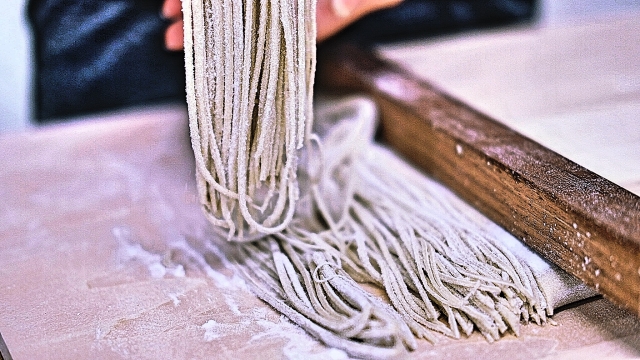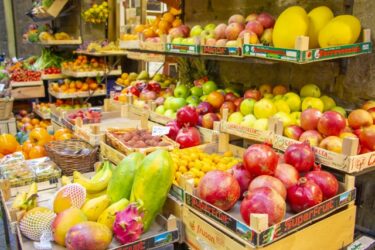Japan is famous for its rich culinary traditions, and soba (buckwheat noodles) is one of its most iconic and beloved dishes. Whether served cold with a dipping sauce or hot in a flavorful broth, soba has captivated locals and visitors alike for centuries. But there’s much more to soba than just its taste. The process of making soba, the variations in ingredients, and the ways it’s served offer a fascinating insight into Japanese culture. Let’s dive into the world of soba and explore its unique qualities, varieties, and traditions.
1. The Basics: What is Soba?
Soba refers to thin noodles made from buckwheat flour, a crop that has been grown in Japan for hundreds of years. Depending on the ratio of buckwheat flour to wheat flour used, soba noodles can vary in texture, flavor, and name.
- Juwari Soba (十割蕎麦): This is 100% buckwheat soba, made entirely of buckwheat flour with no added wheat flour. Juwari soba is known for its rich, nutty flavor and slightly brittle texture. Because it contains no gluten, the noodles can break easily, making them more challenging to prepare. However, for soba purists, juwari soba offers the most authentic buckwheat experience, and restaurants that serve it often proudly label it as such. Additionally, it is a perfect option for those seeking a gluten-free diet.
- Nihachi Soba (二八蕎麦): The most common type of soba is nihachi soba, made with 80% buckwheat flour and 20% wheat flour. The wheat flour acts as a binder, giving the noodles a smoother texture and making them easier to handle. The result is a noodle that’s chewy and resilient but still retains the distinct flavor of buckwheat.
- Variations by Ratio: Depending on the amount of buckwheat flour used, there are also other ratios like 70% soba or 50% soba, which are less common but offer their own unique balance of flavor and texture.
2. How Soba is Served: Traditional Varieties
Soba can be served in many different ways, depending on the season and personal preferences. Here are some of the most popular styles:
- Zaru Soba (ざる蕎麦): Perhaps the most famous way to eat soba, zaru soba is served cold on a bamboo tray (zaru) with a dipping sauce called tsuyu. The noodles are dipped into the sauce, which is often flavored with soy sauce, dashi (broth), and mirin. Zaru soba is typically garnished with nori (seaweed), and is a refreshing dish, especially popular in the summer.
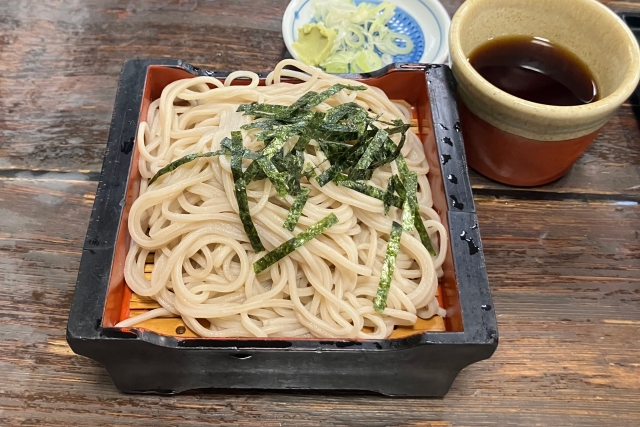
- Kake Soba (かけ蕎麦): In this style, soba noodles are served in a hot broth made from dashi, soy sauce, and mirin. It’s a simple, comforting dish, perfect for colder weather.

- Tempura Soba (天ぷら蕎麦): This variation pairs soba with tempura (battered and deep-fried vegetables or shrimp). The tempura adds a crunchy contrast to the smooth, chewy noodles and can be served either with cold zaru soba or in a hot soup.

- Soba Makizushi (蕎麦巻き寿司): A unique and less commonly known way to enjoy soba, where the noodles are wrapped like sushi rolls. The soba is typically mixed with a bit of vinegar, similar to sushi rice, and filled with ingredients like cucumber or pickles.

- Soba Gaki (そばがき): This traditional dish is made by mixing buckwheat flour with hot water to create a doughy consistency. It’s often eaten with soy sauce, grated daikon radish, or wasabi. Soba gaki has a hearty texture and is a simple but nourishing way to enjoy the pure flavor of buckwheat.
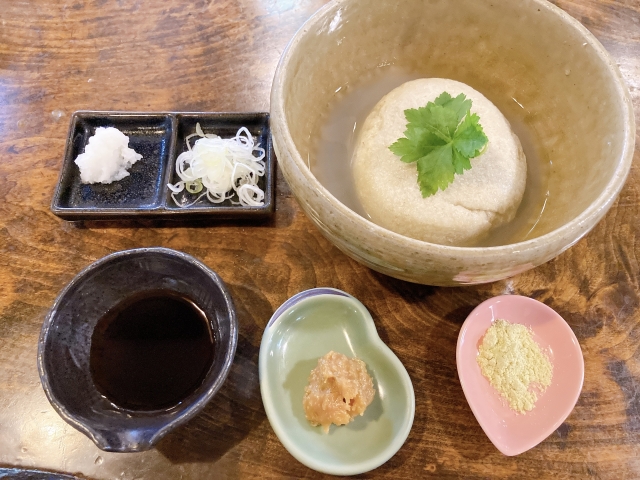
3. Soba Yu: The Final Sip
One of the unique aspects of eating soba in Japan is soba yu (蕎麦湯), the water in which the soba noodles were boiled. After finishing your soba, you’re often given this hot, starchy water to mix with the leftover dipping sauce from zaru soba, creating a warm, flavorful soup. Soba yuu is believed to be rich in nutrients that leach from the buckwheat during the cooking process, making it not only delicious but also good for you.
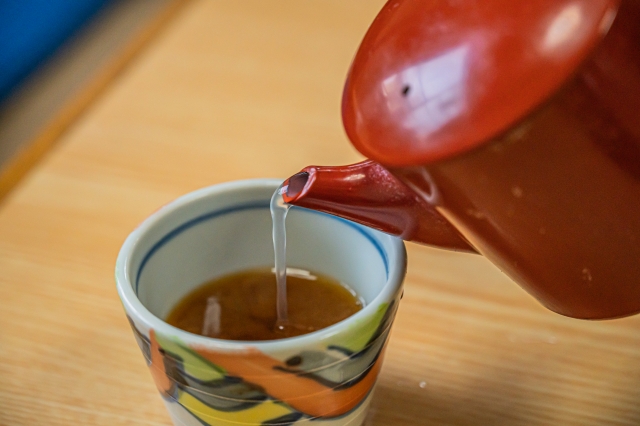
4. Beyond Noodles: Soba in Other Forms
Soba isn’t just limited to noodles—buckwheat plays a role in various other delicious foods and drinks in Japan.
- Soba Cha (蕎麦茶): Soba cha is a tea made from roasted buckwheat kernels. It has a warm, toasty flavor and is naturally caffeine-free, making it a popular choice for those seeking a healthy alternative to traditional tea.

- Soba Karinto (蕎麦かりんとう): A sweet snack made from deep-fried soba dough, soba karinto is crispy and coated in sugar, offering a delightful combination of sweetness and crunch. It’s a traditional Japanese confection that showcases buckwheat’s versatility.
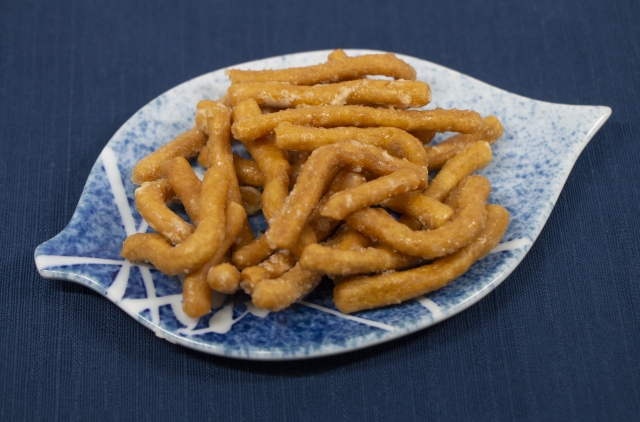
Conclusion
Soba is more than just a noodle—it’s a symbol of Japanese tradition, craftsmanship, and culinary culture. From the artistry of making juwari soba to the refreshing simplicity of zaru soba, each serving of soba tells a story of dedication and history. Whether you’re trying soba for the first time or are already a fan, understanding the different types and how it’s served will deepen your appreciation of this classic Japanese dish. Don’t forget to savor the soba yuu at the end of your meal, and perhaps enjoy a cup of soba cha as you reflect on your delicious dining experience!

